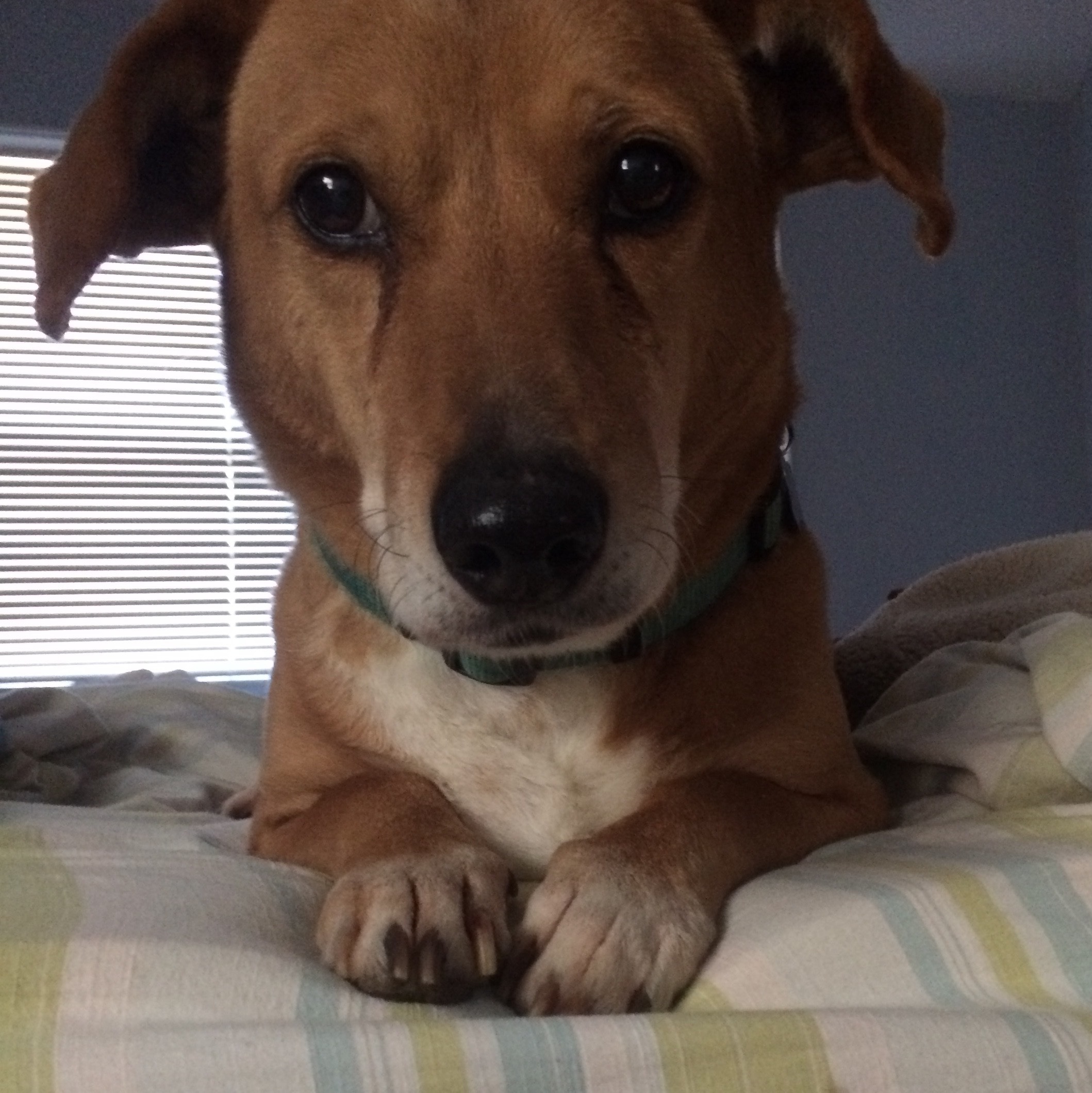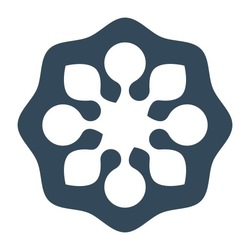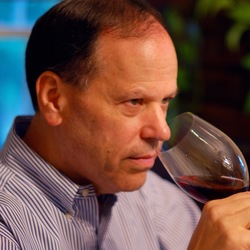Long Distance Runner: Brane-Cantenac 1924-2015
Château Brane-Cantenac
Grand Cru Classé en 1855 Margaux Red Bordeaux Blend 2005
This is the first 2005 I’ve opened that was truly impressive this young. It’s untypical for most Margauxs. Bright mid red fruits on the palate with elegance and dripping acidity. Impressive bottling!!! Wish that I had bought a case in futures vs. four bottles. FYI, I never buy more than 6 bottles of almost anything.
The nose reveals, ripe; dark cherries, blackberries, black plum, black raspberries, strawberries, cherries, baked plum, high glass blue fruit hues, dry cranberries and pomegranate. Vanilla, light cinnamon, hint of clove, dash of nutmeg, pinch of white pepper, very dark, rich soil, limestone, pee gravel, cherry cola, fruit tea, black/red licorice, dry top soil/clay, a faint whiff of mint, some red fruit liqueur notes, bright red florals, blue flowers and fresh dark and fresh slightly withering florals.
The body is medium to just barely pushing full. The tannins are well rounded, soft and a bit dusty. The wine gently glides beautifully over the palate. The red fruits shine. Dark cherries, strawberries, cherries, pomegranate, blackberries, black raspberries, plum and blue fruit hues on the long set. Vanilla, light cinnamon, hint of clove, dash of nutmeg, very dark, rich soil, limestone minerals, pea gravel, some crushed dry rock powder, cherry cola, dark fruit tea, black/red licorice, dry top soil/clay, a faint whiff of mint, some red fruit liqueur notes, used leather, saddle-wood to light cedar, light cigar with ash, bright red florals, blue flowers and fresh dark and fresh slightly withering florals. The acidity is like a rain shower. The structure, length, tension and balance are magnificent. The long, elegant, well balanced, polished finish is delicious and goes on and on. This wine has really hit its stride, yet will continue to improve for another 10 years and perhaps beyond. After two hours in the the decanter, the wine put on weight and showed more dark fruits on the long palate set.
Photos of, Chateau Brane Cantenac, Owner Henri Lurton, field-hand doing the back breaking work of picking and their oak vat room.
Producer history and notes...Chateau Brane Cantenac started out in the early 17th century. At the time, the small estate was known as Domaine Guilhem Hosten. The vineyards and estate was developed by the owner in the late 1700’s by the Gorce family.
Their wine was so highly regarded back then, it was one of the more expensive wines in all of Bordeaux, selling for almost as much money as Brane Mouton. This is interesting because of who went on to buy the vineyard in the 1800’s.
The Baron of Brane, also known as “Napoleon of the Vineyards”, purchased the chateau in 1833. At the time of the sale, the estate was called Chateau Gorce-Guy. To get the funds to purchase the Margaux vineyard, the Baron sold what is now called Chateau Mouton Rothschild, which was at the time of the sale, known as Chateau Brane-Mouton.
In 1838, the Baron renamed property, taking his name and the name of the sector where the vineyards were located, calling it Chateau Brane Cantenac. The chateau later passed to the Roy family, who were well-known in the Margaux as they owned Chateau d’Issan as well.
Jumping to the next century, in 1920, the Societe des Grands Crus de France, a group of merchants and growers that owned several chateaux located in the Medoc including; Chateau Margaux, Chateau Giscours, and Chateau Lagrange in St. Julien, purchased Chateau Brane Cantenac.
Five years later, M. Recapet and his son-in-law, François Lurton, took over Brane Cantenac along with Chateau Margaux. Lucien Lurton (the son of François Lurton) inherited Brane Cantenac in 1956.
Today, the estate is still in the hands of the Lurton family. Brane Cantenac is currently owned and more than ably managed by the capable, Henri Lurton.
After being given the responsibility of managing Brane Cantenac, it was under the direction of Henri Lurton that large portions of the vineyard were replanted. Vine densities were increased, the drainage systems were improved and the plantings were also, slowly changed to their current plantings.
The 75 hectare vineyard of Brane Cantenac is planted to 55% Cabernet Sauvignon, 40% Merlot, 5% Cabernet Franc, 5% Carmenere and .5% Petit Verdot. Carmenere was used for the first time in the 2011 vintage. The Petit Verdot was planted in 2008. 2017 is the first vintage where Petit Verdot was added to the blend.
The 75 hectare Left Bank vineyard of Brane Cantenac is essentially unchanged since it earned Second Growth status in the 1855 Classification of the Medoc.
At least that is the case with the 45 hectares used to produce the Grand Vin of Brane Cantenac. Those 45 hectares are planted close to and surrounding the chateau. Those vines are located just in front of the Cantenac plateau and are the best terroir that Brane Cantenac owns. This parcel is the heart and soul of their wine.
They have other parcels, which are further inland, but much of those grapes are placed into their second wine. Those additional hectares can be divided into 3 main sections.
Behind the chateau, they have 15 hectares of vines on gravel and sandy soils. They have 10 hectares across the road with sand, gravel and iron and a 13 hectare parcel with gravelly clay called Notton, which is used for their second wine. More than vineyards, the property maintains beautifully, manicured gardens and verdant parkland.
Today, more than 25% of Brane Cantenac is farmed using organic farming techniques. It is expected that over time, the amount of hectares farmed with organic methods will be increased. 12 of those hectares are farmed using biodynamic techniques as well.
3 hectares of vines they own in the Haut Medoc appellation are planted to white Bordeaux wine varietals due to the the cooler terroir in that part of the appellation. The soils are gravelly clay. The vines are planted to 80% Sauvignon Blanc and 20% Semillon.
Chateau Brane Cantenac is vinified in a combination of temperature controlled, traditional, 22 oak vats, 18 concrete tanks and 20 stainless steel vats that vary in size from 40 hectoliters all the way up to 200 hectoliters, which allows for parcel by parcel vinification.
40% of the fermentation takes place in the oak vats. The oldest vines are vinified in vats that are selected to allow for separate parcel by parcel vinification.
The younger vines are vinified more often together in the same vats. However, the Carmenere and Petit Verdot are entirely micro-vinified, meaning that those grapes are completely vinified in their own barrels, using micro-vinification techniques. This takes place with the Carmenere and Petit Verdot because the amount of grapes produced is so small. Some vats of Brane Cantenac can be co-inoculated, meaning they go though alcoholic fermentation and malolactic fermentation simultaneously.
Malolactic fermentation takes place in a combination of French oak tanks and barrels. The majority of the Grand Vin goes through malolactic in barrel. The wine of Brane Cantenac is aged in an average of 60% new, French oak barrels for 17 months before bottling. The initial 2 months of aging is done with the wine on its lees, which adds more depth to the wine.
There is a second wine, Le Baron de Brane. The use of a second wine at Brane Cantenac is not new. In fact, previously, the second wine went under the name of Chateau Notton, which took its name from one of the main parcels where the grapes were planted. There is a third wine, Margaux de Brane, which is usually Merlot dominated.
Production of Chateau Brane Cantenac is about 11,000 cases per year depending on weather conditions. — 7 years ago

Château Brane-Cantenac
Grand Cru Classé en 1855 Margaux Red Bordeaux Blend
The 1961 Brane-Cantenac is a wine that I have been lucky enough to taste three or four times before. It’s a wonderful 1961 that comes racing out of the blocks, displaying vestiges of red fruit, autumn leaves, mint, chlorophyll and blood orange on the nose. It just feels multifaceted and more complex than the 1959, even if it does not quite reveal the same vigor. The palate is medium-bodied with fine tannin and impressive concentration. It is maybe a little rustic in style but certainly shows more depth and concentration than the 1961 Rauzan-Sègla that I tasted a month earlier. There is a touch of Earl Grey and tobacco lingering on the finish. Maybe this is in gradual decline, since it does not match the stellar bottle tasted back in 2010, yet it remains a great Margaux. Tasted at the Brane-Cantenac vertical at the château. (Neal Martin, Vinous, January 2019) — 7 years ago
Château Brane-Cantenac
Grand Cru Classé en 1855 Margaux Red Bordeaux Blend 2010
Right out the chute as a pop & pour this wine is dominating. On the nose matured dark fruits such as plums & blackberries with a mild ripe cherry tartness, tobacco, potpourri, along with eucalyptus & forest floor overlays. On the palate incredibly delicate and expressive lavender, plums, Christmas spices, and blackberries. — 8 years ago


Château Brane-Cantenac
Grand Cru Classé en 1855 Margaux Red Bordeaux Blend 1982
A beautiful well aged Bordeaux. Still some tannin and good structure. Colour yielding to more typical brick - with some nuttiness on the nose. Elegant dark fruit and a slight pleasant tar on the nose. drank very well and improved from opening 1 hour later. A pleasure to drink from their outstanding vintage. — 8 years ago

Château Brane-Cantenac
Grand Cru Classé en 1855 Margaux Red Bordeaux Blend 1928
The 1928 Brane-Cantenac is a wine that I have tasted on two or three occasions, twice at the château. The best bottle has always been one that Henri Lurton served from one of the last remaining in the cellar (unfortunately, the Lurtons never maintained library reserves). It has a deep, slightly turbid color. The palate is wonderful, unveiling nuances with each swirl of the glass: smudged red fruit, hints of bay, satsumas sitting in an antique vase under the sun. The palate is mature but the vigor is extant and the acidity is pinpoint perfect. This is quite smooth in texture, with veins of desiccated orange peel and cedar toward a finish that holds up well in the glass. Beguiling. Tasted at the Brane-Cantenac vertical at the château. (Neal Martin, Vinous, January 2019) — 7 years ago
Château Brane-Cantenac
Grand Cru Classé en 1855 Margaux Red Bordeaux Blend 2010
Dark purple color of this Second Growth Bordeaux. A complex nose of red and black fruits and sweet earthy spice. Palate displays full ripe fruits, blackberry and raspberry, some smoky pepper oak with soft tannin structure aging well. The long finish showed some mineral notes on the end. Drinking well now but still has aging potential. Tasting Sample. — 8 years ago








Delectable Wine

Follow to learn about our favorite wines & people.
The 2010 Brane-Cantenac was picked September 27 to October 14. It remains closed on the nose despite vigorous aeration, although there are shards of light as it reveals gorgeous, stony black fruit and pencil lead aromas, plus a hint of iris. The palate is medium-bodied and incredibly well focused, displaying razor-sharp tannin and a balletic poise from start to finish that belies the awesome structure of this Margaux. It is almost clinical on the finish, completing a stunning Brane-Cantenac that has a long future ahead of it. A benchmark for Henri Lurton. Tasted at the Brane-Cantenac vertical at the château. (Neal Martin, Vinous, January 2019) — 7 years ago